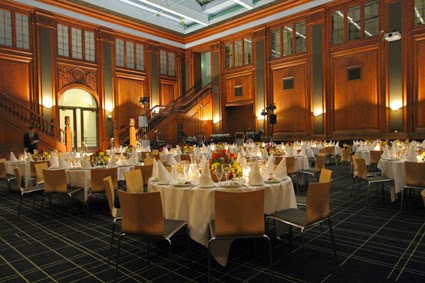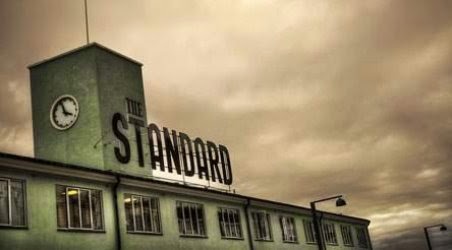Facts
 |
| Frederiksberg Town Hall Source: Det Kongelige Biblioteks billedsambling |
- Built: 1942-1953
- Height of the clock tower: 60 meters
- Address: Smallegade 1-3, Frederiksberg
- Telephone: +45 3821 2121
Background
Since the Frederiksberg Municipality experienced a population growth the council decided to erect a new town hall, that could provide sufficient workplace for the growing number of public servants. The architect of the building is the Danish Henning Hansen, who actually died in 1945, seven years before the town hall was inaugurated.
Interesting
 |
| A mechanic in the control door of the clock. Source: www.taarnurmageren.dk |
Shortly after the construction was begun the works had to be suspended and delayed because of the events of the Second World War. The building was only finished and opened in 1953, more than ten years after the constructions started.
Nowadays there are more than 800 public servants working in the building every day.
There is chimes every day five times from the clock tower. They play different melodies adjusted to the season at 9,12, 15, 18, and 22 o'clock. You can find the program by clicking here.
Useful hint
If you want to visit the Town Hall of Frederiksberg you can do that on the first Saturday of every month. Groups can also book other appointments for the visit. During the guided tour you have the chance to see the wedding hall, a huge painting by Sikker Hansen, the city council meeting room, the event hall, and the Clock Tower. The latter one is 60 meters tall compared to the street level.





